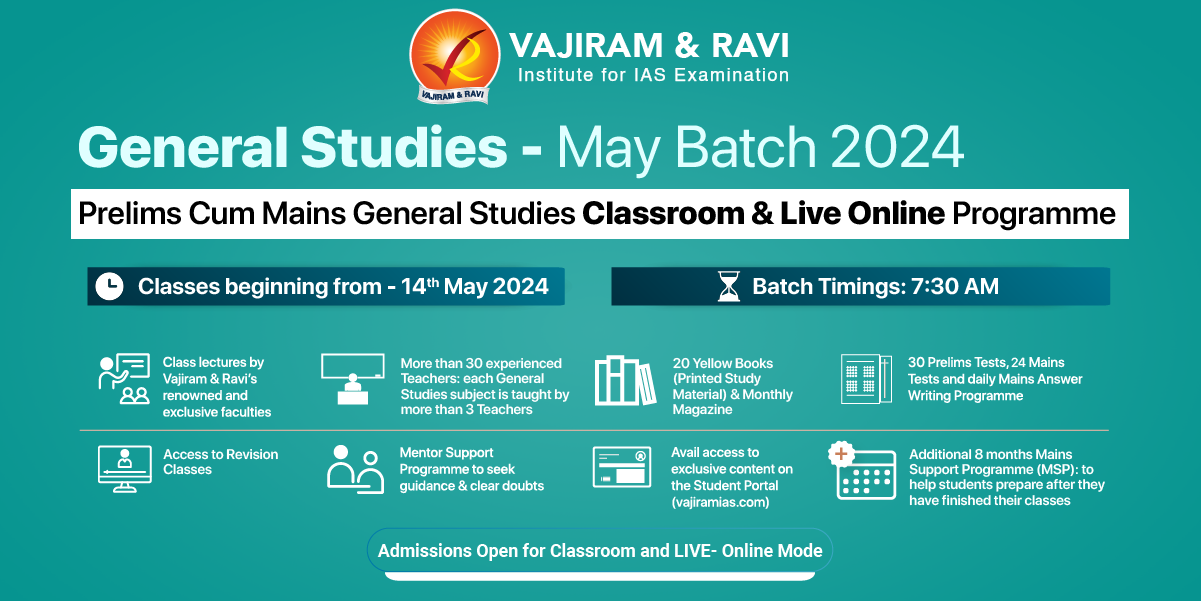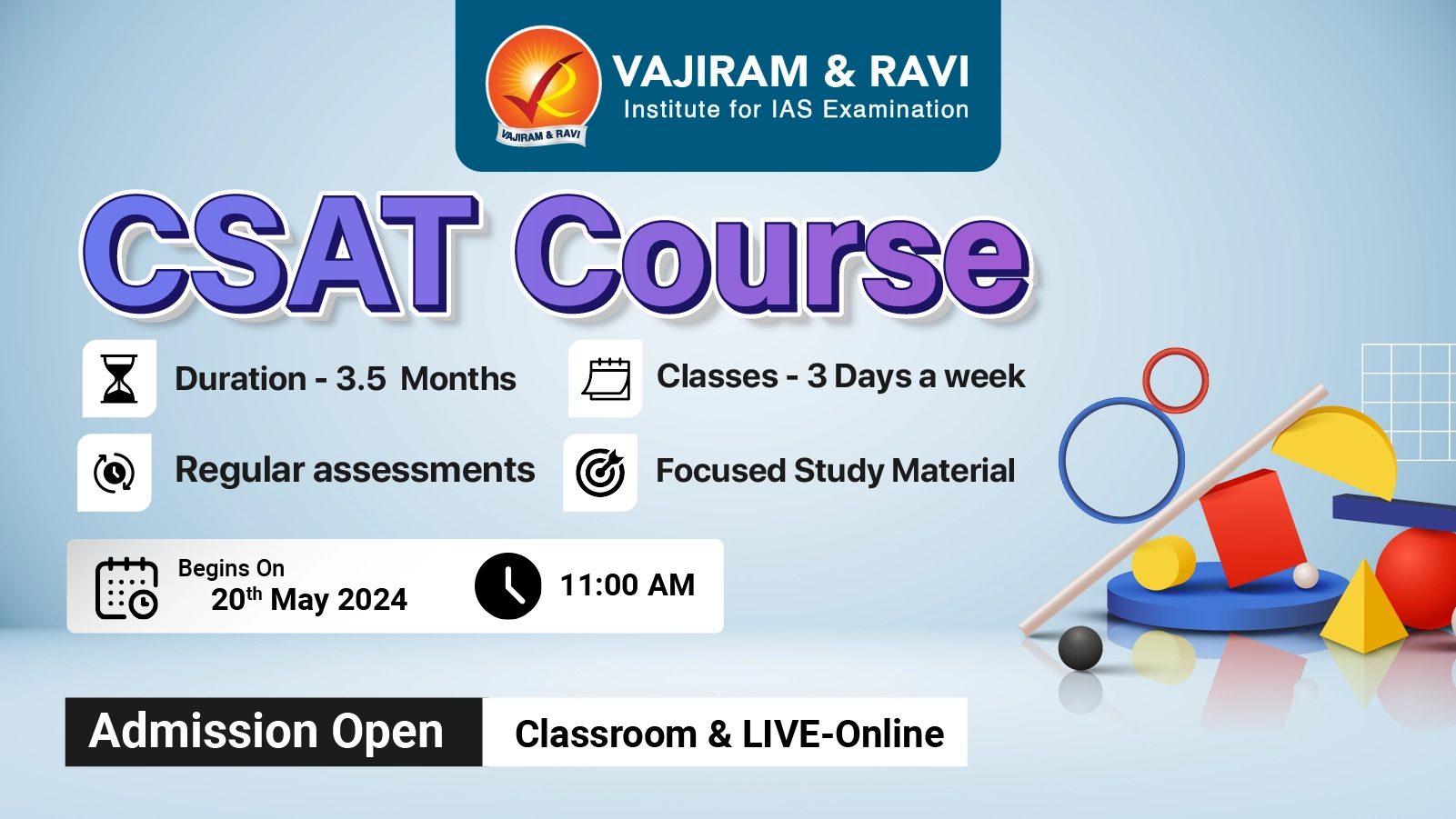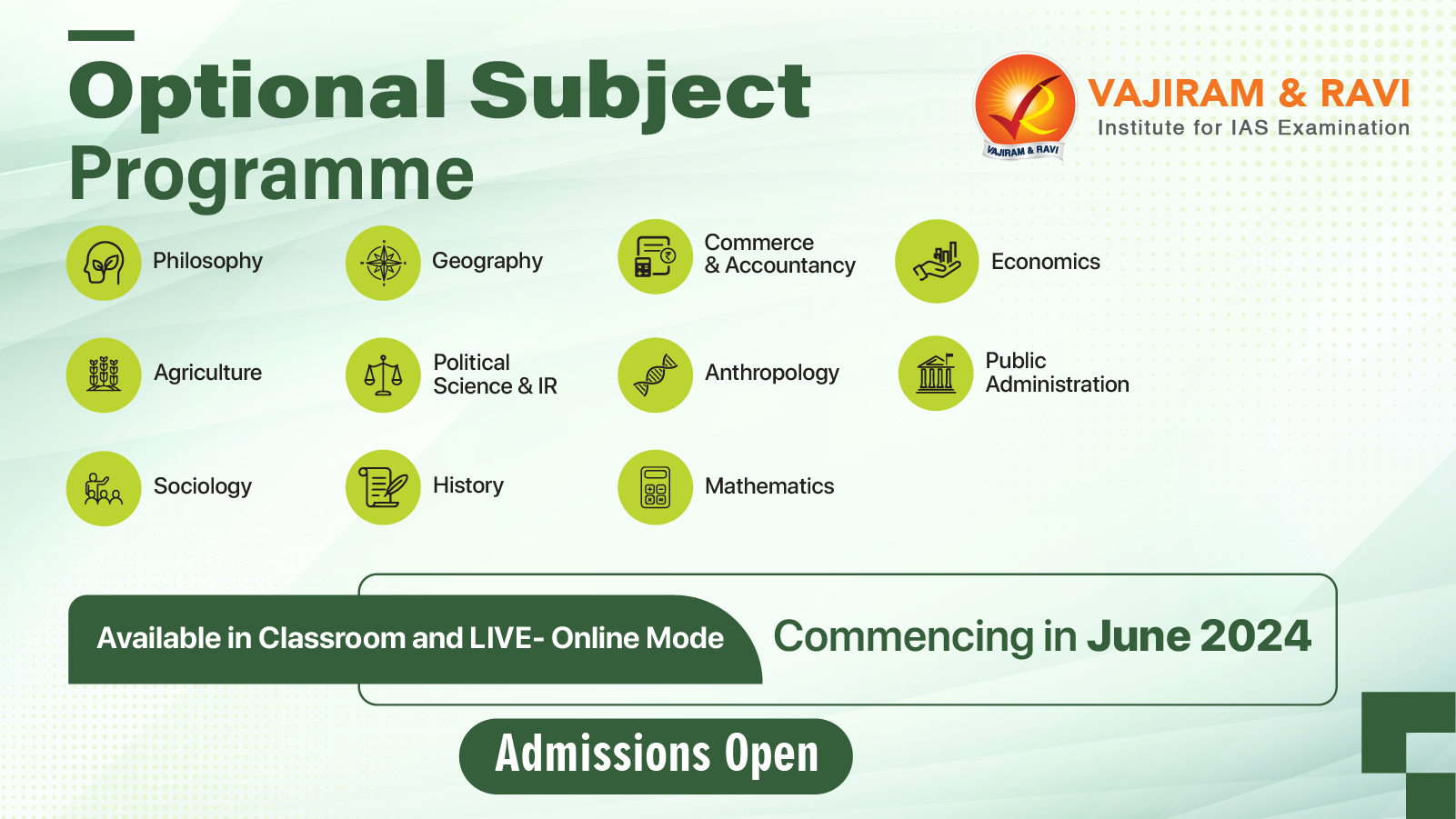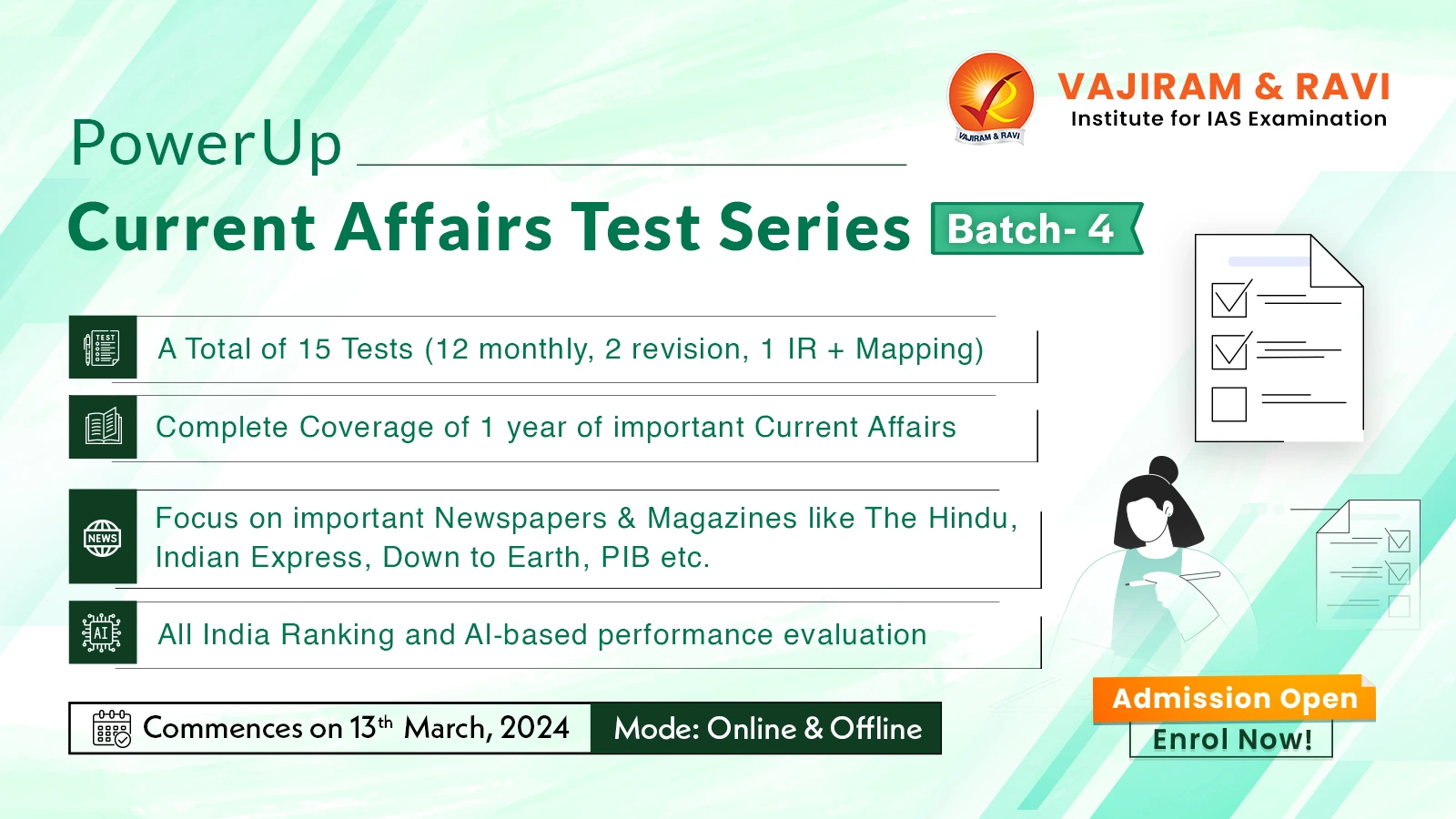Upcoming Mentoring Sessions
Prelims 2024 Strategy Session
RMS - Ancient History - Mauryan and Post-Mauryan Age
RMS - Polity - Parliament 1
RMS - Geography - Major Landforms
RMS - Polity - Judiciary - 2
RMS - Economics - Money and Banking - 2
Mentoring Session (2024-25) - How to Make Notes?
RMS - Polity - Judiciary 1
General Mentoring Session
RMS - Modern History - Constitutional Developments - Important Acts in British India
RMS - Ancient History - Buddhism and Jainism
RMS - Economics - Human Resource and HRD
RMS - History - Ancient India - Mahajanpadas
RMS - Economics - Balance of Payment and Foreign Trade
Mentoring Session (2024-25) – How to Read and Analyse Newspaper?
Mentoring Session (2024-25) - How to write an Answer?
RMS - Economics - Money and Banking-I
Article
28 Apr 2024
Why in News? The widespread protests against the war in Gaza across dozens of US university campuses, and the unprecedented crackdowns are a sign of a triple crisis: Of liberal democracy, of the university, and (paradoxically) of anti-war protests as well.
What is the Crisis of Liberal Democracy? The world community and America, which has the most influence over Israel, have both shown moral negligence towards the horrors in Gaza. It has also revealed that free speech may be suppressed or influenced by political ends, even in a nation with robust first amendment safeguards.
What is the Crisis of the University? Over the last few years, higher education has increasingly become a political target. The political attention to universities is not about restoring pedagogical excellence or depoliticising the university. In fact, it is an attempt to hyper politicise the university by attacking its legitimacy from the outside.
What is the Crisis of Anti-War Protests? The larger discourse on the war has divided students into Anti-Semitism versus Islamophobia debate. Students are perceived as threats to other students. Politicians and administrations have a stake in this division. A protest that gets construed not as a protest on principle, but a potential conflict between two groups risks losing its moral lustre.
What are the Consequences of this Triple Crisis? The object of discussion has become the university, not the war in Gaza. The discussion that is now dominating the world is the discussion about alleged limits to freedom in American universities, regardless of the fact that all of Gaza's universities have been destroyed.
Article
28 Apr 2024
Why in News? Canada remains the preferred destination for Indians - particularly those in Punjab - wishing to study abroad, despite alternatives like the US, Australia, UK and New Zealand offering quality education.
What Restrictions Recently Canada Imposed? Canada capped the number of international students it will admit, made attestation letters compulsory to obtain study permits and closed the spousal Open Work Permit. This means that students cannot be accompanied by their spouses for a majority of undergraduate courses. Yet, Canada remains the preferred destination for Indians
Why Canada Still Remains the Preferred Destination for Indians?
- Opportunity to settle down post-studies: Despite Canada’s policy changes, Canada continues to offer better chances of settling down post-studies, compared to other countries. Students are eligible to obtain a work permit after completing their education, and can subsequently also apply for a Permanent Residency (PR).
- High visa success rate: If students meet all requirements, Canada’s visa success rate remains very high (sometimes even 100%).
- An existing Indian presence: Over 3.8 lakh Indians (37% of all international students) are already in Canada. The presence of Indian students and close relatives fosters students’ confidence, providing them comfort and reducing homesickness.
Why are Other Countries Less Attractive?
- Australia’s visa refusal rate is quite high (up to 70%) and Australian colleges are especially reluctant to accept students from state boards, especially in North Indian states such as Punjab and Haryana. Also, Australia’s visa process lacks transparency.
- The UK has significantly stricter rules for students. For instance, students are not allowed to bring dependents (like parents, partners, or children).
- Despite courses available for international students in European countries such as Germany and France, many students are not familiar with these options.
- With regards to the US, the visa process is not nearly as transparent as in Canada. Currently, there are 2.68 lakh Indian students in the US, but most are from the Southern states.
Current Affairs
April 28, 2024

What are Solar Flares?
- A solar flare is an intense burst of radiation coming from the release of magnetic energy associated with sunspots. They are our solar system’s largest explosive events.
- They are seen as bright areas on the sun, and they can last from minutes to hours. In a matter of just a few minutes, they heat the material to many millions of degrees and produce a burst of radiation across the electromagnetic spectrum, including from radio waves to x-rays and gamma rays.
- Although solar flares can be visible in white light, they are often more readily noticed via their bright X-ray and ultraviolet emissions.
- Effect of Solar Flare on Earth:
- The intense radiation emitted during a solar flare can affect satellite communications, disrupt radio signals, and even pose a risk to astronauts in space.
- Additionally, the increased solar radiation can lead to geomagnetic storms, which may impact power grids and cause auroras (northern and southern lights) at lower latitudes.
About Sympathetic Solar Flare:
- It occurs when sunspots or filaments are invisibly linked by massive magnetic field loops that arch above the solar surface. When one flare detonates, the others follow in rapid succession.
- Sympathetic solar flares typically involve just two linked flares, ranging in intensity from minor outbursts to X-class flares, the most powerful class of solar flares.
- They are more likely to happen during or around the solar maximum, the most active phase of the Sun's approximately 11-year solar cycle.
Current Affairs
April 28, 2024
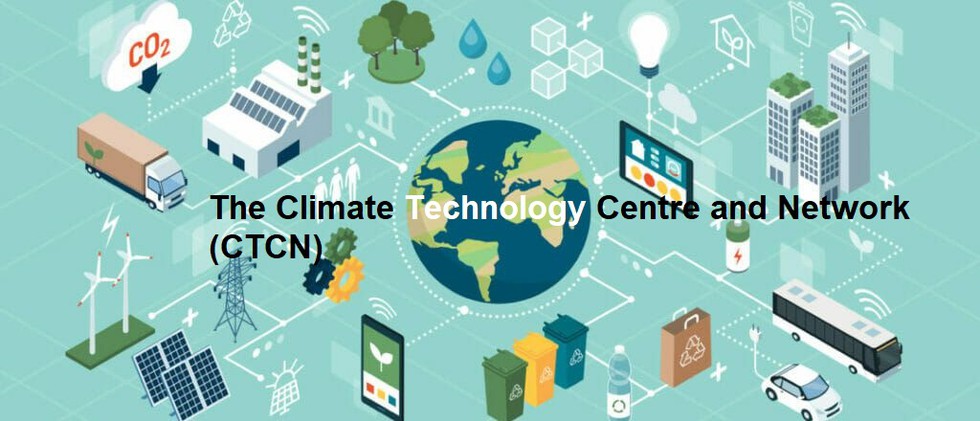
About Climate Technology Centre and Network (CTCN):
- It is the operational arm of the United Nations Framework Convention on Climate Change’s (UNFCCC) Climate Change Technology Mechanism.
- It is hosted by UN Environment (UNEP) in collaboration with the United Nations Industrial Development Organization (UNIDO) and with the support of 11 independent organizations having expertise in climate technologies.
- It was established to accelerate the development and transfer of environmentally sound technologies for low-carbon and climate resilient development at the request of developing countries.
- It provides technology solutions, capacity building, and advice on policy, legal, and regulatory frameworks tailored to the needs of individual countries by harnessing the expertise of a global network of technology companies and institutions.
- It is a demand-driven mechanism as its services are offered upon request by developing countries, and the volume and specific nature of activities ultimately depends on countries’ requirements and needs.
- It consists of two parts: a centre—a coordinating entity located in UN City Copenhagen—and a worldwide network of organizations that delivers CTCN services—both virtually and actually.
Current Affairs
April 28, 2024

About Asset Reconstruction Companies (ARCs):
- It is a specialized financial institution that purchases the bad debts of a bank at a mutually agreed value and attempts to recover those debts or associated securities by itself.
- They are registered under the RBI and regulated under the Securitisation and Reconstruction of Financial Assets and Enforcement of Securities Interest Act, 2002 (SARFAESI Act, 2002). They function under the supervision and control of the RBI.
- As per the RBI, ARC performs the functions namely Acquisition of financial assets, Change or takeover of Management or Sale or Lease of Business of the Borrower, Rescheduling of Debts, Enforcement of Security Interest and Settlement of dues payable by the borrower.
- They take over a portion of the bank's debts, which qualify as Non-Performing Assets (NPAs). Therefore, ARCs are involved in the business of asset reconstruction, securitisation, or both. All the rights previously held by the lender (the bank) in regard to the debt are transferred to the ARC.
- The required funds to purchase such debts can be raised from Qualified Buyers.
- Qualified Buyers include Financial Institutions, Insurance companies, Banks, State Financial Corporations, State Industrial Development Corporations, trustee or ARCs registered under SARFAESI and Asset Management Companies registered under SEBI that invest on behalf of mutual funds, pension funds, FIIs, etc.
- The Qualified Buyers are the only persons from whom the ARC can raise funds.
Asset Reconstruction vs. Securitization:
- Asset Reconstruction refers to the acquisition of any right or interest of a bank or financial institution in loans, advances, debentures, bonds, guarantees, or any other credit facility extended by banks for the purpose of recovering the funds.
- These loans, advances, bonds, guarantees, and other credit facilities are collectively referred to as 'financial assistance.'
- Securitization, on the other hand, means the acquisition of financial assets through the issuance of security receipts to Qualified Buyers or other means. These security receipts represent an undivided interest in the financial assets.
Current Affairs
April 28, 2024

About Network as a Service (NaaS):
- It is a cloud service model in which customers rent networking services from a cloud vendor instead of setting up their own network infrastructure. It allows customers to operate their own networks without maintaining their own networking infrastructure.
- Like other cloud services, NaaS vendors run networking functions using software, essentially allowing companies to set up their own networks entirely without hardware. All they need is Internet connectivity.
- It is a flexible, scalable, and affordable option for organizations since it enables them to allocate network resources as needed.
- It can replace other networking systems that often require more work and provide less agility, such as virtual private networks (VPNs) and multiprotocol label switching (MPLS).
- In addition, by using NaaS, you can shift your networking system to your provider, who can also give you security services to keep your network environment safe. This means you don’t have to invest in on-premise firewalls and other security appliances.
- The provider may offer customers a range of different options, such as:
- Managed services, where the customer pays to use hardware on a subscription basis while the provider operates and maintains it
- Rented hardware, which is when the provider owns networking hardware and allows the customer to rent it from them. In this situation, customers have to install and operate the equipment themselves.
- Full NaaS, where the provider handles everything in relation to the networking hardware, including installing and operating it.
Current Affairs
April 28, 2024
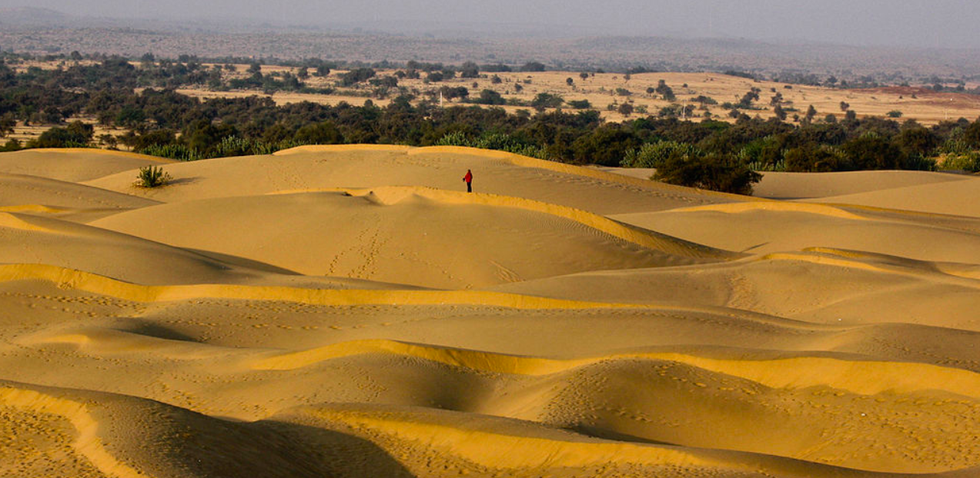
About Thar Desert:
- It is one of the largest subtropical deserts in the world. It is located partly in northwestern India, and partly in eastern Pakistan.
- It extends across the states of Rajasthan, Gujarat, and Haryana in India, and the provinces of Sindh and Punjab in Pakistan. The majority of the Thar desert is in India (15 percent lies in Pakistan).
- It is bordered by the irrigated Indus River plain to the west, the Punjab Plain to the north and northeast, the Aravalli Range to the southeast, and the Rann of Kachchh to the south.
- It is separated from the Greater Rann of Kutch to the west by the low-lying marshy lands of the Luni River.
- Climate:
- The desert features a hot and arid climate, with temperatures often reaching over 50 degrees Celsius during the day and dropping significantly at night.
- Rainfall is scarce, with the majority of the desert receiving less than 50mm of rain annually.
- Landscape:
- It is characterized by a vast and rugged landscape, with a variety of different terrains.
- It is known for its vast expanses of rolling dunes, which can reach heights of up to 200 meters.
- The desert is also characterized by rocky outcroppings, which are clusters of large rocks that rise from the desert floor.
- It is also home to large salt flats, which are areas of flat land covered with a layer of salt.
- Large, flat plains, which are covered with a thin layer of soil and vegetation, are also found here.
- Mineral Resource:
- It is rich in a variety of minerals, including one of the largest coal reserves in India.
- It is also a major source of gypsum, Limestone, salt, Bauxite, silica, etc.
Current Affairs
April 28, 2024
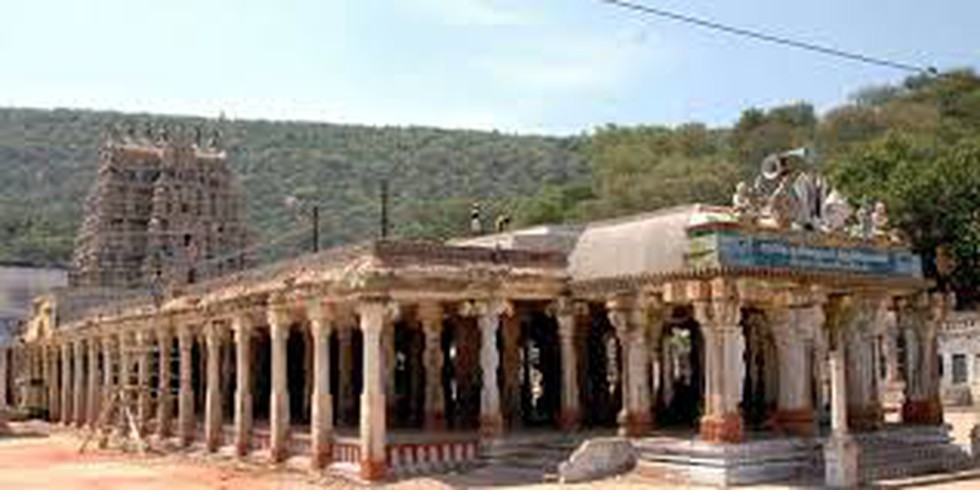
About Alagar Temple:
- It is also known with the name of Azhagar Kovil is one of the prominent temples situated at the foothills of Alagar hills in the state of Tamil Nadu.
- It is dedicated to Lord Vishnu and is known for its intricate sculpting and mandapams. It was mentioned in epic such as Silappathikaram.
- Alvars like Thirumangai Alvar, Peri Alvar, Nammalvar, Bhoothathalvar, Peyalwar, Andal have also mentioned the glorious history of shrine in their songs.
- There are also inscriptions dating back to King Ashoka rule. It is said that great Jain monk Ajjanandi had resided here along with his disciples. It had a prominent place during the Pandyan reign.
- It was during the rule of King Jatavarman Sundara Pandyan (1251-1270 A.D) vimana of the temple’s sanctum sanctorum was beautified with gold plates.
- The massive tower which is seen at the entrance of the temple was also built during the reign of Pandyan kingdom.
- King Thirumalai Naickar of Nayaka dynasty also added many artistic features to this temple during his reign.
- The kalyan mandapam of the temple, especially showcase Nayaka art.
Current Affairs
April 28, 2024
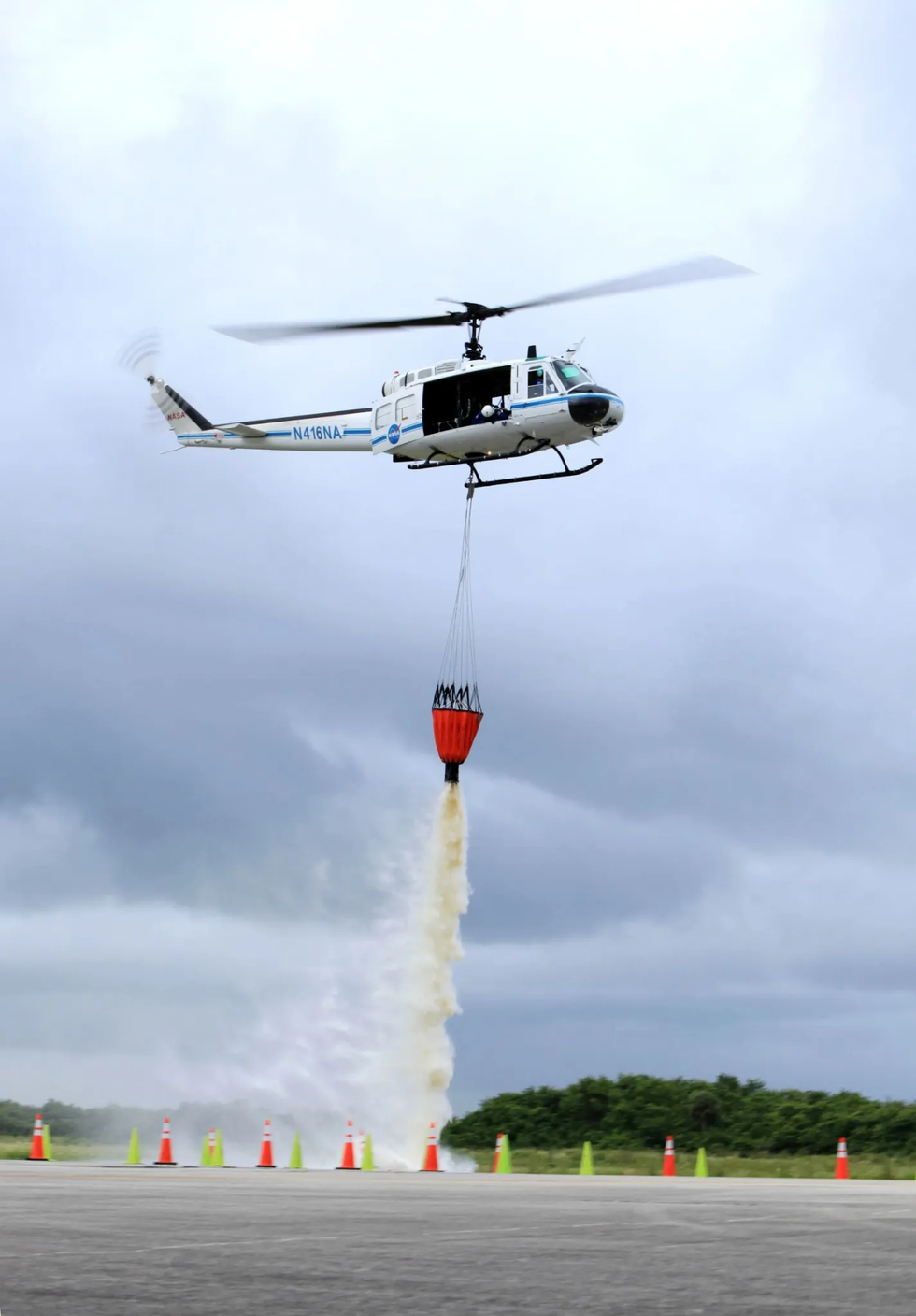
About Bambi Bucket:
- It is also known as helicopter bucket or a It is a specialised aerial firefighting tool which has been in use since the 1980s.
- It is suspended by cable under a chopper, and which can be filled by lowering into a river or pond before being flown above a fire and discharged aerially by opening a valve at the bottom of the bucket. It is essentially a lightweight collapsible container that releases water from underneath a helicopter to targeted areas.
- One of its key features is that it can be quickly and easily filled. The bucket can be filled from various sources, including lakes and swimming pools, which allows firefighters to swiftly refill it and return to the target area.
- Features: It can be stored within the helicopter until development and it discharges a solid column of water, “resulting in a more accurate and effective water dump, less evaporation on the descent and greater impact force.
- It is especially helpful in fighting wildfires that are difficult or impossible to reach from the ground.
Current Affairs
April 28, 2024
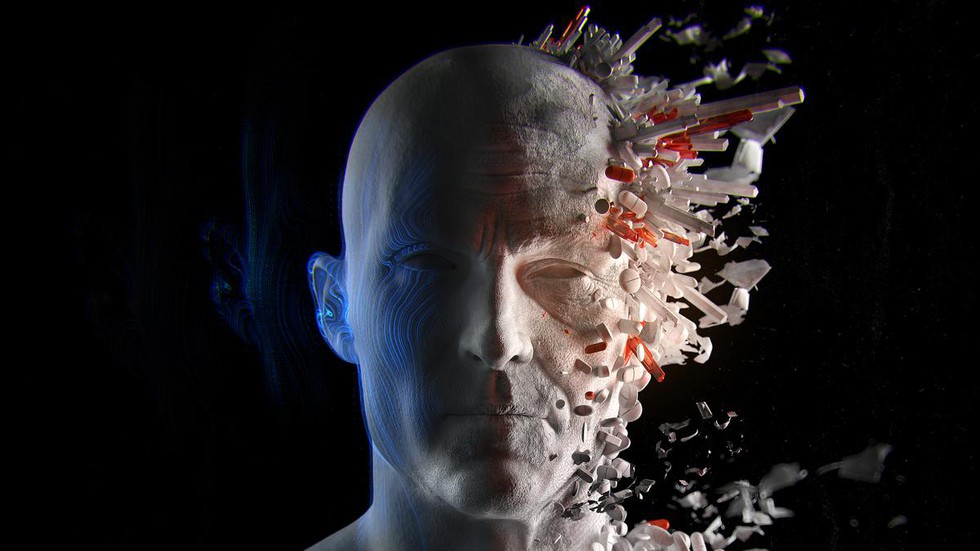
About Biohacking:
- It is a term used to describe various tips and tricks for enhancing the body’s ability to function at peak performance—and maybe even extend one’s lifespan.
- It includes the practice of employing methods drawn from fields like biology, genetics, neuroscience and nutrition to enhance physical or mental performance, improve overall health and well-being, or achieve a specific health outcome.
- Most types of biohacking generally fall into one of the following categories below:
- Lifestyle: It focuses on making positive health and behavior choices. It is probably the most accessible way most people can start experiencing biohacking, as it includes factors like dietary shifts, breathwork, meditation and exercise.
- Molecular: It involves the use of natural and synthetic molecules that can help shift one’s biology. Taking supplements would fall into this biohacking category.
- Biologics: These are biological products that are meant to improve or enhance biology. They could be cells, or they could be small little information packets like exosomes, which are basically biological bundles of DNA, mRNA proteins and growth factors. Biologics typically need to be ingested, injected (such as stem cells) or delivered intravenously (i.e. by IV transfusion).
- Technology: It includes devices like wearables (such as smartwatches) and diagnostics (such as blood sugar monitors). In such cases, biohacking uses technology to gather data about the body and its functioning so an individual can use that information to adjust their health as they strive for improved performance.
- There are currently no laws in India that specifically address biohacking.

